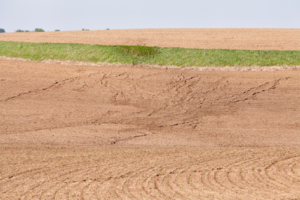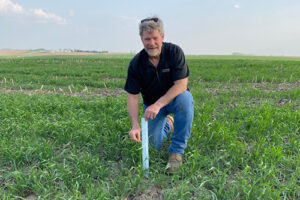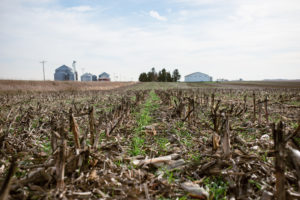By: 4R Plus
June 2020
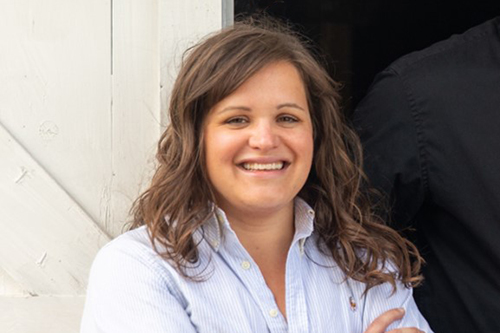
Encouraging non-operating landowners to take an active role in decisions that impact the long-term productivity of the farm can increase the rate that 4R Plus practices are deployed, said Mollie Aronowitz, director of sustainability and a land manager for Peoples Company. She recommends landowners and tenants document their shared goals with conservation and nutrient management practices specifically listed in the lease.
“With a one-year lease, tenants understandably don’t have the incentive to invest in conservation because their goal is to make money in that one year,” said Aronowitz. “Conservation takes a multiyear commitment to see the return on investment, and the farm lease is the vehicle to build that multiyear road map.”
Leases can be used as discussion starters between non-operating landowners and tenants. “It’s important to have the endgame in mind when adding conservation and nutrient management practices to the lease,” she said. “It’s a way to execute the line items that help landowners reach their goal and it’s also beneficial for the tenant.
“Tenants that understand the importance of investing in 4R Plus practices as a way to attract new capital also use it as a way to market themselves,” she added. “Sustainability is increasingly becoming important to landowners. They want to be connected with a farmer that uses these practices to care for the land.”
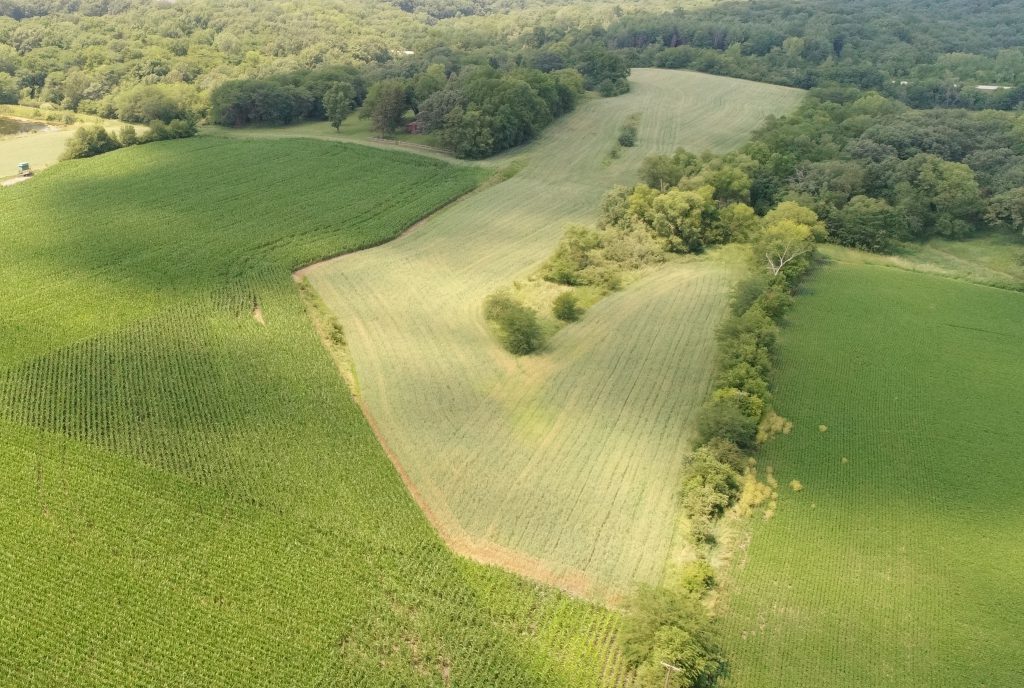
A good starting point is to determine the acres where inputs are not equating to bushels. It’s common to identify an area that is pulling down overall field yield average and also lines up where a majority of the field’s erosion is occurring. “By identifying hot spots, both sides can come to an agreement on the practices that can be used as an agent of change. Solving the financial issues usually results in a positive environmental impact.”
Being specific about the practices that will be added to the farm provides clear expectations for both parties. “When the landowner and tenant sit down to draft the lease, they can determine what portion of the practice each pays for and if necessary, work out the logistics,” she said. “Get as specific as possible on each practice.”
Aronowitz said oftentimes more attention is placed on the cash rent payment and the long-term appreciation is overlooked. “The long-term value is in the topsoil,” she said. “Drilling down on where erosion is occurring and determining what practices can be changed or added to keep productive soil in place benefits the landowner, tenant and the environment.”
Once the soil is gone, productivity and fertility are difficult to rebuild. “The topsoil is the future value of the farm in terms of cash rent and sale value down the road,” Aronowitz added. “It’s important for landowners to take an active role and invest in 4R Plus practices to keep the soil in place.”
An increasing number of non-operating landowners Aronowitz works with are one or two generations removed from the farm and live in urban areas. “They often bring up water quality and want to work with their tenant to protect natural resources,” she said. “It’s rewarding to help landowners and tenants work toward a common goal of protecting the land and our environment for future generations.”
Get more practical considerations on socially responsible farmland investment in this report from Peoples Company.

